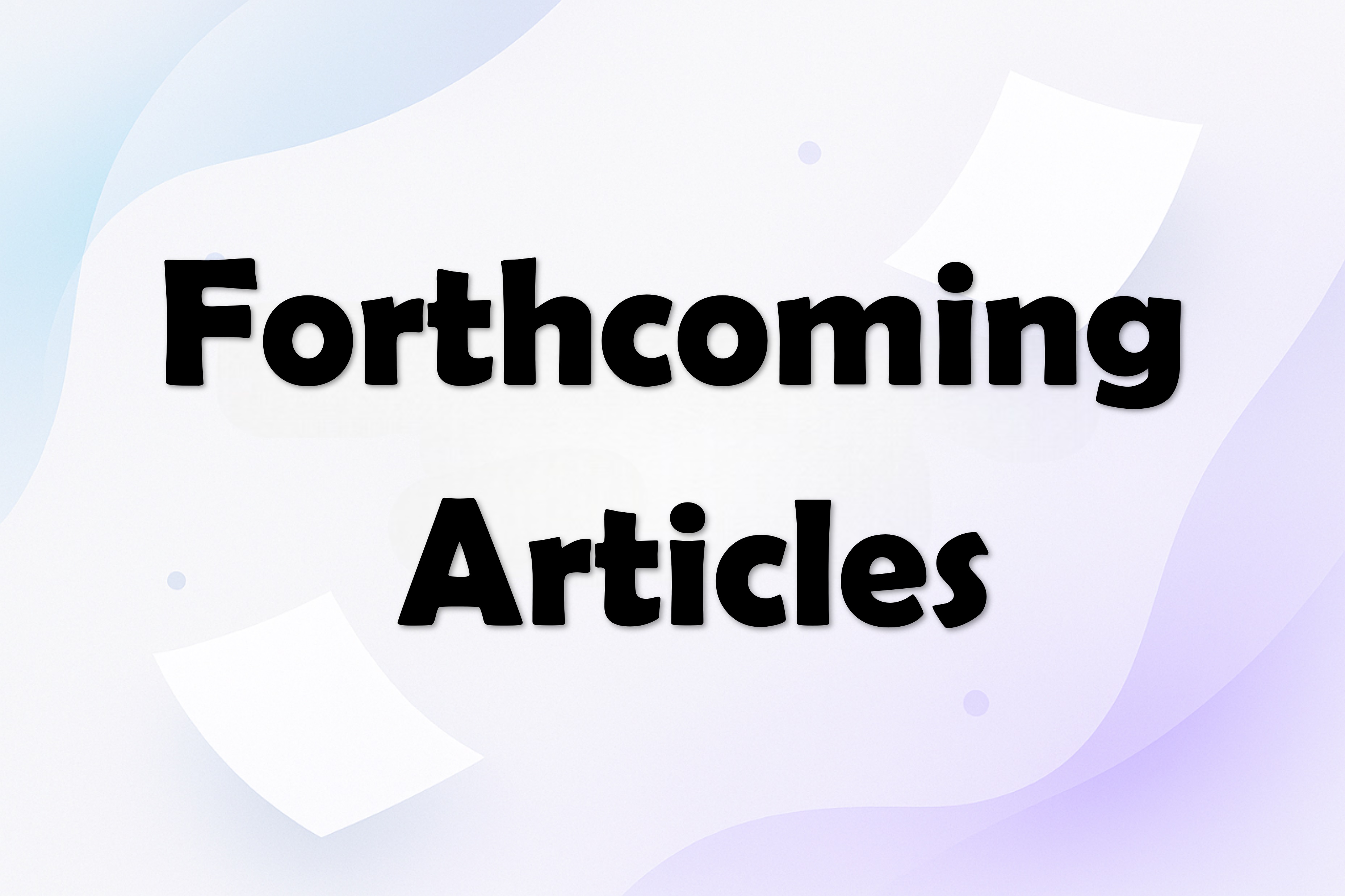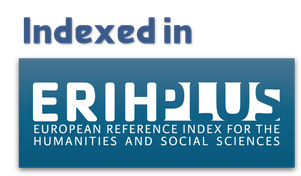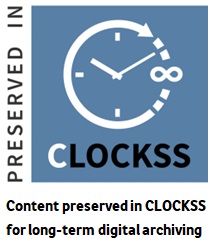An Investigative Study into the Role Extralinguistic Information Plays in Producing Accurate Meaning in the Post-MT-Editing of Arabic Texts with Culturally Embedded Terms
DOI:
https://doi.org/10.63939/ajts.qrdxnt19Keywords:
Translation of Cultural Content, Post- MT Editing, Pre translation preparation, Translator’s trainingAbstract
While the reliance on machine translation (MT) for day-to-day translation needs continues to grow, research on Arabic MT still lags behind that of other languages. This gap is largely attributed to the complexity and richness of Arabic semantics, grammar, and terminology (Shaalan, 2005). Translating culturally embedded texts from Arabic remains particularly challenging, as such texts require extensive post-editing and the incorporation of extralinguistic knowledge—a skill that demands specialized training and expertise. This study addresses this gap by investigating how the presence or absence of relevant cultural knowledge influences the quality of post-MT editing of texts containing direct or indirect cultural references. To this end, a set of post-editing techniques was introduced in the training of translation students and future editors. The empirical research involved two groups of five senior translation students: one group received preparatory training on cultural terms, while the other performed the post-editing task without such preparation (Hansen 2017). A qualitative comparative analysis was employed to evaluate the students’ outputs. The findings highlight the crucial role of extralinguistic and cultural preparation in enhancing the accuracy and appropriateness of post-MT edited texts. The study underscores the need to integrate cultural awareness into translation pedagogy to ensure that MT can be effectively and professionally leveraged in Arabic translation contexts.
Downloads
References
Abu-Mahfouz, I. (2020). Errors in Arabic-English neural machine translation of religious and cultural texts. Jordan Journal of Modern Languages and Literatures, 12(1), 45-63
Agliz, R. (2014). Translation of religious texts: Difficulties and challenges. Arab World English Journal, Special Issue on Translation No.4, 182-193. https://awej.org/images/AllIssues/Specialissues/Translation4/12.pdf
Al-Jarf, R. (2021). Post-editing machine translation of Arabic texts by student translators: Problems and strategies. Arab World English Journal, 12(3), 35-52
Al-Qahtani, M. (2022). Arabic cultural expressions in Google Translate: A case study on idioms and proverbs. International Journal of Arabic-English Studies, 22(2), 115-134
Castilho, S., Moorkens, J., Gaspari, F., & Doherty, S. (2018). Translation quality assessment: From principles to practice. Springer DOI: https://doi.org/10.1007/978-3-319-91241-7
Darwish, A., & Al-Khatib, H. (2024). Machine translation post-editing of Arabic idiomatic expressions: An empirical investigation with trainee translators. Babel, 70(2), 200–223
Elgamal, S., Obeid, O., Kabbani, M., Inoue, G., & Habash, N. (2024). Arabic diacritics in the wild: Exploiting opportunities for improved diacritization. In Proceedings of the 62nd Annual Meeting of the Association for Computational Linguistics (Volume 1: Long Papers) (pp. 14815-14829). Association for Computational Linguistics. https://doi.org/10.18653/v1/2024.acl-long.792 DOI: https://doi.org/10.18653/v1/2024.acl-long.792
Faiq, S. (2004). The cultural encounter in translating from Arabic. In S. Faiq (Ed.), Cultural encounters in translation from Arabic (pp. 1-13). Multilingual Matters DOI: https://doi.org/10.2307/jj.29308429.5
Fischer, M. (2023/2025). Machine translation and post-editing competence: Theory, practice and training. Across Languages and Cultures, 24(1), 145-168 DOI: https://doi.org/10.1556/084.2023.00512
Green, S., Heer, J., & Manning, C. D. (2013). The efficacy of human post-editing for language translation. In Proceedings of the ACM SIGCHI Conference on Human Factors in Computing Systems (CHI) (pp. 439-448). ACM. https://doi.org/10.1145/2470654.2470718 DOI: https://doi.org/10.1145/2470654.2470718
Herbig, N., Pal, S., van Genabith, J., & Krüger, A. (2019). Multi-modal approaches for post-editing machine translation. In CHI Conference on Human Factors in Computing Systems Proceedings (pp. 1-11). ACM. https://doi.org/10.1145/3290605.3300461 DOI: https://doi.org/10.1145/3290605.3300461
House, J. (2015). Translation quality assessment: Past and present. Routledge DOI: https://doi.org/10.4324/9781315752839
Husni, M., & Newman, D. (2015). Machine translation adoption in Arab universities: Trends and challenges. Translation Review, 90(1), 33-47
International Organization for Standardization. (2017). ISO 18587:2017 Translation services — post-editing of machine translation output — Requirements. ISO
Jia, Y., & Zheng, B. (2022). The interaction effect between source text complexity and machine translation quality on the task difficulty of NMT post-editing from English to Chinese: A multi-method study. Across Languages and Cultures, 23(1), 36-55. https://doi.org/10.1556/084.2022.00120 DOI: https://doi.org/10.1556/084.2022.00120
Łoboda, K., & Mastela, O. (2023). Machine translation and culture-bound texts in translator education: A pilot study. The Interpreter and Translator Trainer, 17(3), 503-525. https://doi.org/10.1080/1750399X.2023.2238328 DOI: https://doi.org/10.1080/1750399X.2023.2238328
Mohammed, T. A. S. (2025). Evaluating translation quality: A qualitative and quantitative assessment of machine and LLM-driven Arabic–English translations. Information, 16(6), 440. https://doi.org/10.3390/info16060440 DOI: https://doi.org/10.3390/info16060440
Mustafa, B. K. (2020). Translation, echoes of the mind or a very deliberate act? Analysing translation manipulation through the lens of psychology. The Translator, 26(2), 130-144. https://doi.org/10.1080/13556509.2020.1783914 DOI: https://doi.org/10.1080/13556509.2020.1783914
Newmark, P. (1988). A textbook of translation. Prentice Hall
Nida, E. A. (1964). Toward a science of translating: With special reference to principles and procedures involved in Bible translating DOI: https://doi.org/10.1163/9789004495746
Brill. O’Brien, S. (2022). How to deal with errors in machine translation: Postediting. In D. Kenny (Ed.), Machine translation for everyone: Empowering users in the age of artificial intelligence (pp. 105-120). Routledge
Olalla-Soler, C. (2015). An experimental study into the acquisition of cultural competence in translator training: Research design and methodological issues. Translation & Interpreting, 7(1), 86-110. https://doi.org/ti.106201.2015.a01
Schwarz, L. M. (2003). Cultural issues in translation: A study of culture-bound terms in literary texts [Unpublished doctoral dissertation]. University of Ottawa
Toral, A., & Sánchez-Martínez, F. (2020). Post-editing and effort: A comparative analysis of human translation and post-editing from scratch. Machine Translation, 34(1), 1-27. https://doi.org/10.1007/s10590-019-09235-9
Vandeghinste, V., Vanallemeersch, T., Augustinus, L., Bulté, B., Van Eynde, F., Pelemans, J., & Verwimp, L. (2019). Improving the translation environment for professional translators. Informatics, 6(2), 24. https://doi.org/10.3390/informatics6020024 DOI: https://doi.org/10.3390/informatics6020024
Vermeer, H. J. (1989). Skopos and commission in translational action. In A. Chesterman (Ed.), Readings in Translation Theory (pp. 173-187). Oy Finn Lectura
Vieira, L. N. (2020). Post-editing of machine translation. In M. O’Hagan (Ed.), The Routledge handbook of translation and technology (pp. 319-335). Routledge DOI: https://doi.org/10.4324/9781315311258-19
Xu, Q., & Deng, L. (2021). Investigating the use of translation continuation tasks in commercial translation teaching: A study on translating user manuals. Chinese Journal of Applied Linguistics, 44(3), 366-381. https://doi.org/10.1515/CJAL-2021-0023 DOI: https://doi.org/10.1515/CJAL-2021-0023
Yao, B., Jiang, M., Bobinac, T., Yang, D., & Hu, J. (2024). Benchmarking machine translation with cultural awareness. In Findings of the Association for Computational Linguistics: EMNLP 2024 (pp. 13078-13096). Association for Computational Linguistics. https://doi.org/10.18653/v1/2024.findings-emnlp.765 DOI: https://doi.org/10.18653/v1/2024.findings-emnlp.765
Downloads
Published
Issue
Section
License

This work is licensed under a Creative Commons Attribution-NonCommercial 4.0 International License.
As an open-access the journal follows the CC BY-NC 4.0 Attribution-NonCommercial 4.0 International which states that:
- you are free to:
- Share— copy and redistribute the material in any medium or format.
- Adapt— remix, transform, and build upon the material.
- Under the following terms:
- Attribution— You must give appropriate credit, provide a link to the license, and indicate if changes were made. You may do so in any reasonable manner, but not in any way that suggests the licensor endorses you or your use.
- NonCommercial — You may not use the material for commercial purposes.
- No additional restrictions — You may not apply legal terms or technological measures that legally restrict others from doing anything the license permits.












